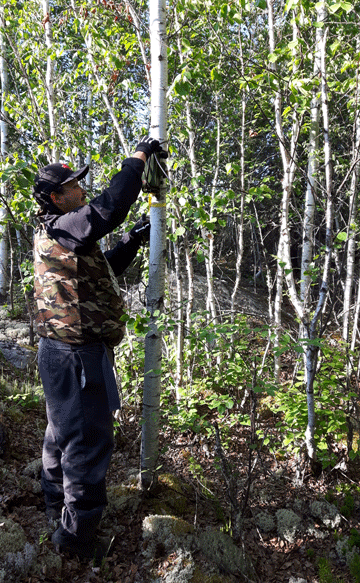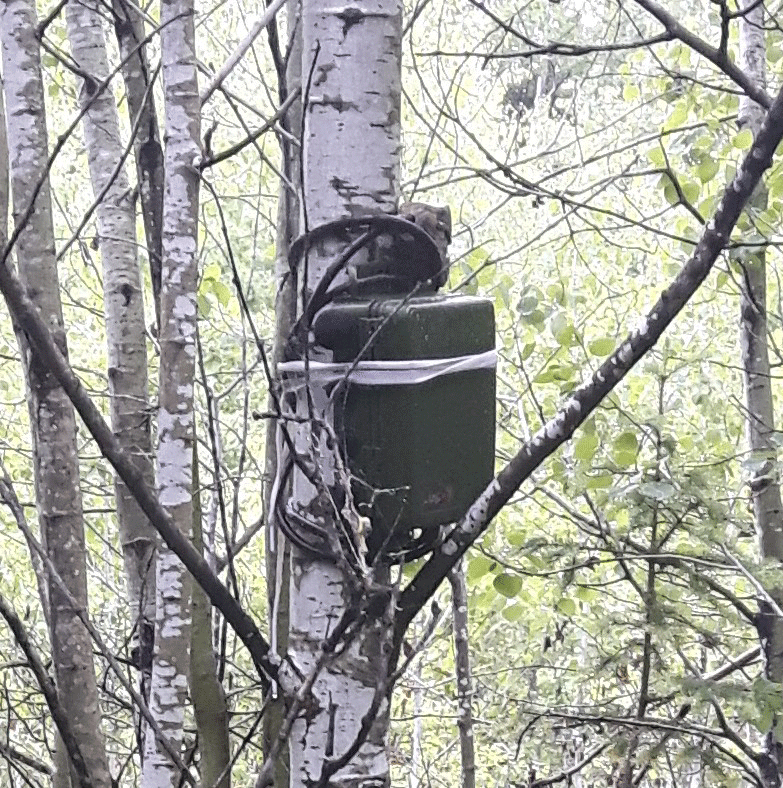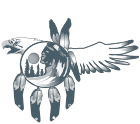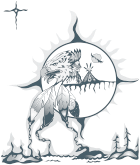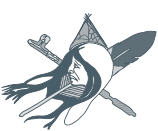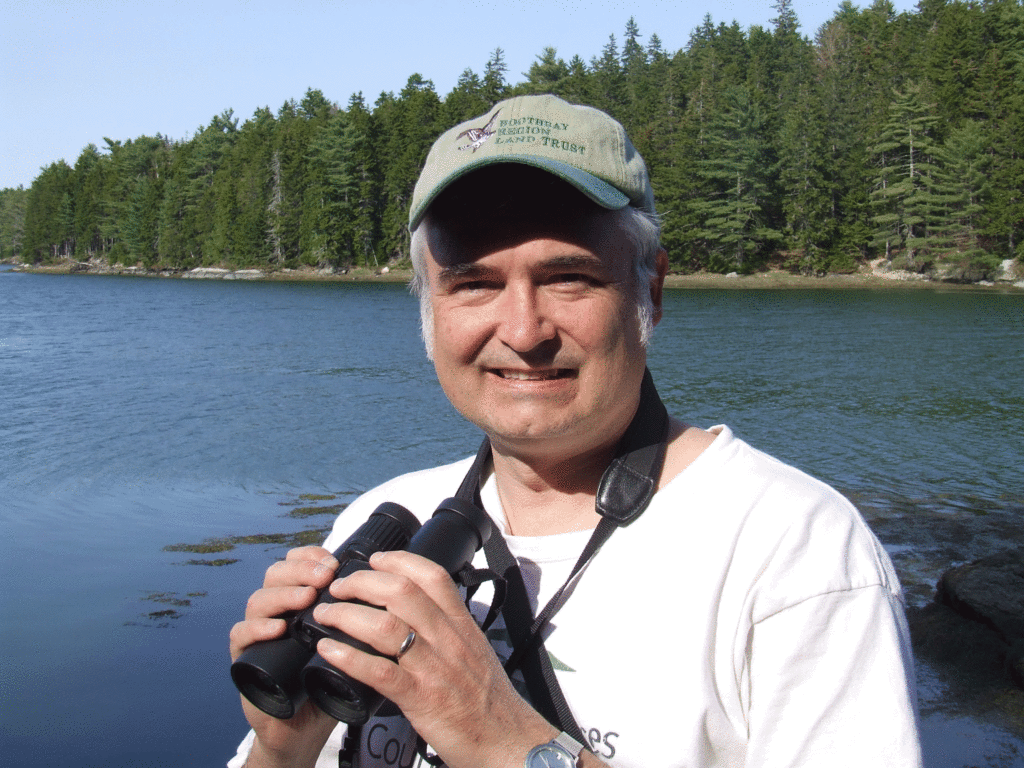
An Interview with Dr. Jeff Wells
Birds around the world are in trouble. North America alone has 2.9 billion fewer birds today than 50 years ago. Dr. Jeff Wells has been working with Poplar River First Nation to record bird sounds in Pimachiowin Aki using leading-edge technology—Songmeters—to record bird sounds and help identify any changes in bird populations over time. Jeff shares his concerns for the future of birds, as well as some of his favourite bird recordings.
Pimachiowin Aki is home to over 200 bird species, including up to 14 species of conservation concern. What makes the Land that Gives Life important habitat for this amazing diversity of birds?
The large, intact and healthy forests, wetlands, lakes, rivers, streams and other habitats of Pimachiowin Aki make it an ideal place for millions of birds to thrive as well as mammals, fish, insects, trees and other plants, and many other living things.
As part of one of the largest intact forests left on the planet and one of very few large intact forests in the southerly reaches of the Boreal biome, Pimachiowin Aki is crucial as a refuge for the species inhabiting it today to be able to have healthy populations that are more resilient to climate change impacts.
The Songmeter project brings together Indigenous science and Western science. Tell us about your work with Poplar River First Nation.
We started the project in 2016 as a way to begin gathering more information on the birds on Poplar River First Nation lands within Pimachiowin Aki and to test a new tool (Songmeter) that could be deployed by people on the ground in the community who had the best idea for where it would be useful to know more.
Norway Rabliauskas (now a Poplar River First Nation Guardian) took the lead and has since done the work of maintaining the Songmeters, making sure they are working properly and are programmed to record at the times we wanted, and placing them out on the land.
The project uses Songmeters under the direction of Indigenous stewardship to decide what areas are best suited for and most in need of further bird inventory and monitoring efforts. This collaboration opens up new avenues for understanding and learning that will provide increased ability to monitor birds and other wildlife and plants in Pimachiowin Aki.
How do Songmeters work?
Songmeters are sound recording devices in watertight, rugged containers. They can be programmed to turn on and off on a prescribed time schedule. The sounds are recorded to an SD card and the unit can be left out for months at a time. The sound recording files can then be downloaded to a computer to listen and identify the birds that can be heard singing or calling. Sophisticated software can also be used to search through the files and find sounds of particular high priority species. We usually have the units record for several hours at dawn and dusk each night when they are deployed for the summer breeding bird season.
What findings concern you the most?
The three recent scientific findings that have concerned me the most are:
- The number of species around the world that are in danger of extinction has reached one million
- North America has 2.9 billion fewer birds today than 50 years ago
- There are widespread declines of insects occurring across the globe
What findings make you most hopeful?
The findings that make me the most hopeful are:
- Lands managed by Indigenous people have better biodiversity protection outcomes
- Maintaining large, intact forest habitats have a large number of benefits to biodiversity and society
- 70% or more of the North American boreal forest is still intact and healthy and through Indigenous governments and communities it is and can continue to be maintained and stewarded
What are some of your favourite recordings?
Some of my favourite bird species recorded in the Songmeter recordings include:
- A Barred Owl giving its “who-cooks-for-you” song that echoes through the woods
- Several Whip-poor-wills calling back and forth at night
- A Canada Warbler singing exuberantly on a May day after returning from its wintering grounds in South America
- The rattling calls of a Belted Kingfisher in the rain
- Early morning choruses that include the sweet whistled songs of White-throated Sparrows, Magnolia and Tennessee Warblers and Ovenbirds and in the background the piping of a Bald Eagle and the yodeling cry of a Common Loon
The sound recordings provide an opportunity to share a type of virtual experience with people from all over the world to increase their interest in and support of Pimachiowin Aki and its communities.
Experience the birds of Pimachiowin Aki:
What are some of your fondest memories out on the land in Pimachiowin Aki?
On a trip to Aikens Lake and the Bloodvein First Nation in 2011, I got the chance to see, hear, photograph, sound record and video many birds, flowers (not sound record these of course), and beautiful scenes. It was incredible to see the ancient drawings at Aikens Lake, experience a drum ceremony at the falls on the Bloodvein RIver and thrill to the amazing birdlife throughout the forests and wetlands of Pimachiowin Aki.
I have wonderful memories of watching and sound recording Bay-breasted and Blackburnian warblers in the tops of tall spruce trees, passing by a small rocky island on which were nesting Herring Gulls, hearing the loud, piping “Quick-three cheers” song from an Olive-sided Flycatcher sitting boldly upright at the top of a spindly tree in a bog, perhaps a bird just returned from its northern South American wintering grounds.
What’s next for the Songmeter project?
We were able to get a large number of recordings from four locations in 2016 from late May through early July. In 2017 we were unable to get the units out because of the fires and evacuations from the community. Norway deployed them again in 2018 and 2019.
The Songmeters collected a large amount of recordings and processing them has been a challenge. We have only summarized the 2016 field season so far, and will be releasing in a joint report with Pimachiowin Aki in 2020. In the meantime, we have found that we can use the recordings to continue to engage the broader public to become aware of Pimachiowin Aki and its importance to birds by sharing short, lively segments of recordings of different birds through social media channels.
Have you used Songmeters in other areas, too?
Yes, in the Northwest Territories with the Lutsel K’e Dene First Nation to monitor birds on their Thaidene Nene IPCA. We deployed another version of this technology in the community of Deline on Great Bear Lake, also in the Northwest Territories. We have provided Songmeters to the Waswanipi First Nation within the Cree Nation in Quebec as well. The Moose Cree First Nation in Ontario has deployed these devices through their own project but has allowed us to use their recordings as they work to protect one of their most important watersheds, the North French River watershed.
Learn more about how Indigenous conservationists are tracking the impact of climate change on the boreal soundscape: https://www.canadiangeographic.ca/article/vanishing-birdsong
Dr. Jeff Wells is a scientist, conservationist and author. He is the Vice President of Boreal Conservation for the National Audubon Society, and a supporter of Pimachiowin Aki.
